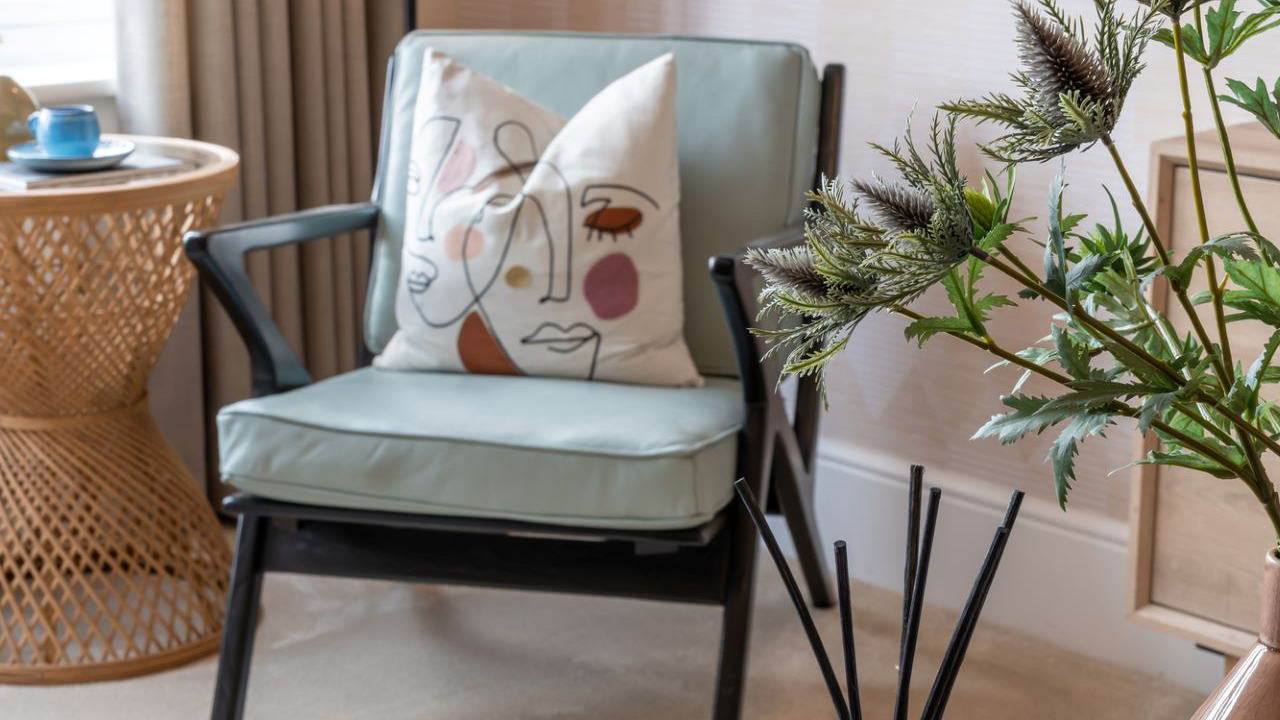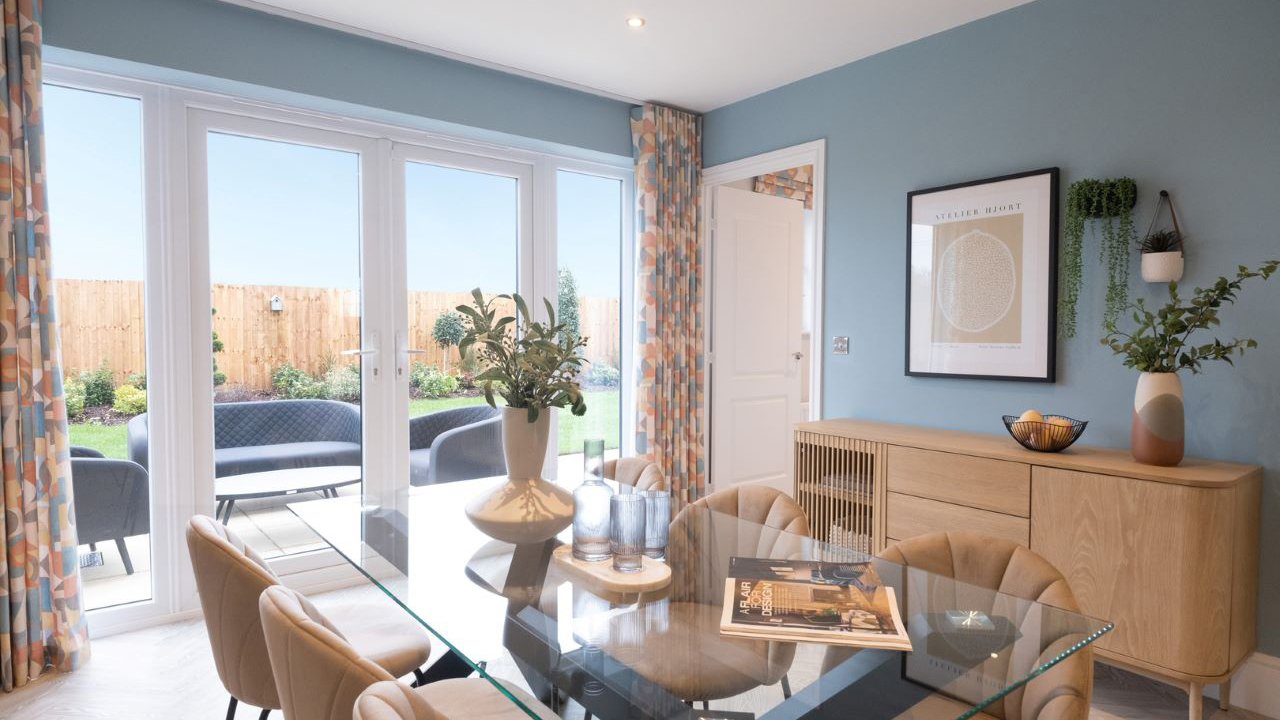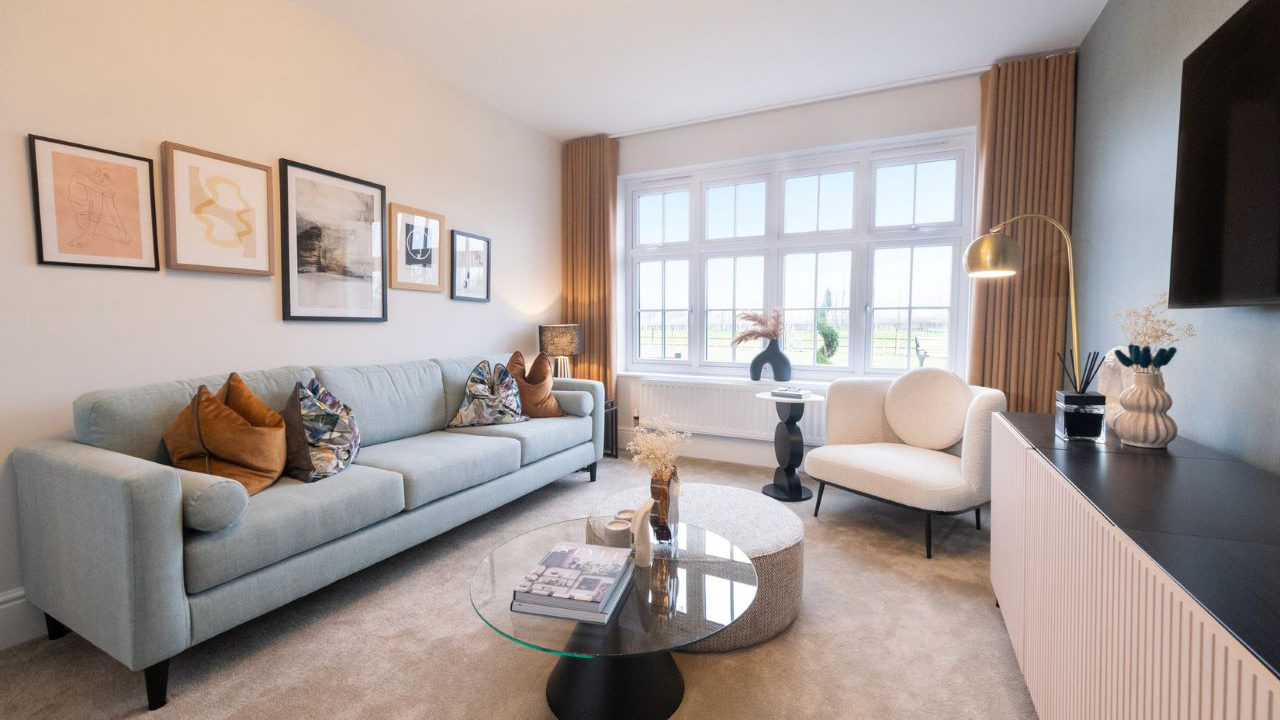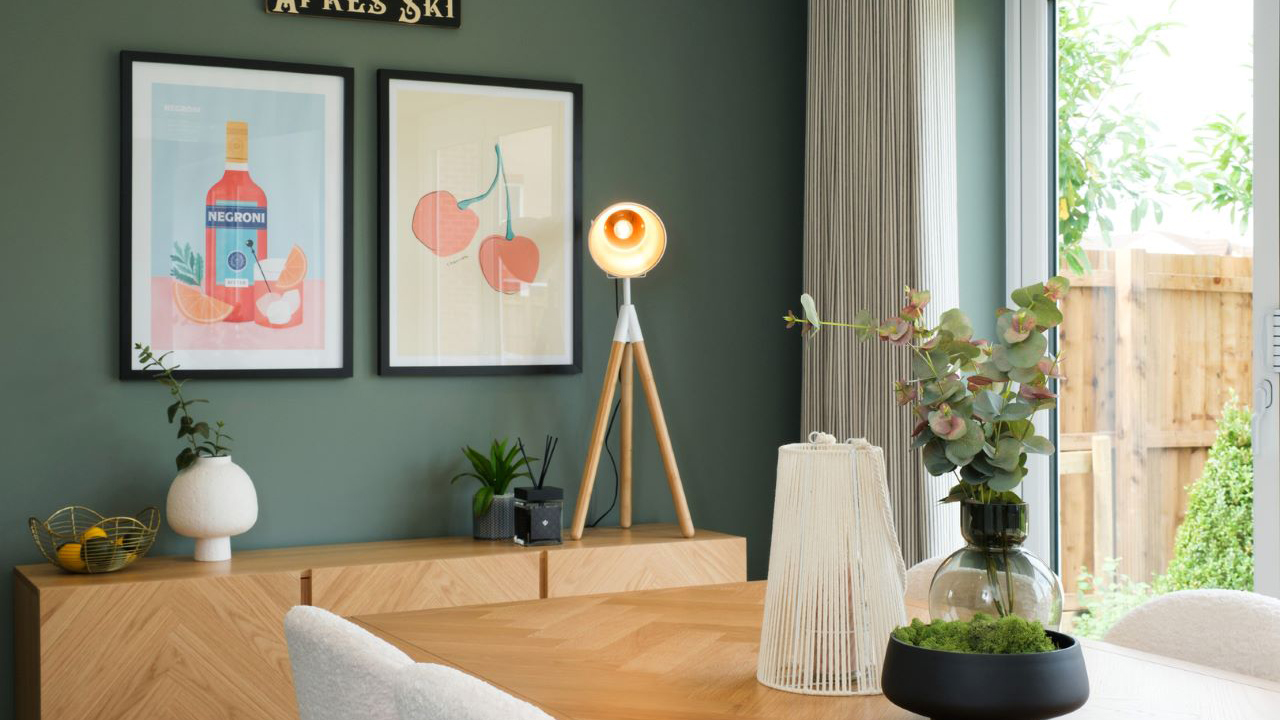What is minimalism?
Minimalism is a movement that advocates for streamlined, functional and beautiful interiors. It has its roots in Japanese culture, where a balance is sought between the space available and how it is filled. Followers of minimalism believe less is more, and that only owning items we need or love is the key to a happy and contented life. Minimalist design is characterised by clean lines, muted colour palettes and a clutter-free environment, where everything has its place.
Scandinavian influences have also featured in minimalist modern home décor. More recently, a blend of Japanese and Scandi design, called Japandi, has been making waves in contemporary interior design. You can read more about the Japandi trend here.

Minimalist interior design
Minimalism by its nature is sustainable, as it goes against the over consumption of goods. “For me, minimalism is about creating a warm and welcoming home, without being excessive,” said Alysha.
“Richness can be introduced through layering of textures and introducing a subtle tonal colour palette. Thought should be given to the placement of every item to make the most of the space and ensure each area flows into the next. Minimalist design should be pleasing to the eye and radiate a sense of tranquillity. So much beauty can be found in the simplicity of natural materials like washed woods, stone, glass and marble. I love to use organic textures and hues in our show homes.”
Minimalism, however, is not to everyone’s taste. You only have to watch a couple of episodes of Alan Carr’s hugely popular BBC show Interior Design Masters to see just how varied our personal design preferences can be. However, the opposite of minimalism, known as maximalism – a veritable feast of colour and pattern for the senses, can still lend itself to a sustainable lifestyle.
Alysha said: “In Redrow show homes I do tend to design more minimalist looks, as they usually have a wider ranging appeal. However, in certain rooms of my own home, I love the maximalist look. I’ve curated items over time and choose quality over fast interior fashion looks, so I know the items will last and I’ll love them for decades to come.”

What is classic design?
Classic design is all about finding key pieces of furniture and accessories that will never date. Alysha said: “It is always my goal to create a contemporary yet classic home interior that will look as good in five or 10 years as it does today. So, we always blend core, quality pieces with trends that we believe will have longevity in our show homes.
“In your own home it’s even more important to invest in quality that will last. Combining nostalgic items that evoke positive memories with newer pieces that you have taken time to curate means you’re more likely to still love them in years to come.”
Alysha believes that choosing ‘design classics’ from decades gone by, can ensure you home is always in style. She said: “We often use lower sitting mid-century style modern sofas in our show homes. First popular in the 50s and 60s, their clean lines and simple silhouettes look elegant in a more traditional lounge of a new home. I also love winged back chairs from the same era for living and dining areas. Shaker style kitchen cabinets, which have been popular since the late 19th century still look effortlessly stylish today.”

How to balance longevity with new trends
While Alysha promotes sustainable design, she believes it is still important to give your home a refresh from time to time. She added: “We all need to replace tired items or bring in something new to freshen up our interior every now and again. It’s fun to decorate a room and put a new spin on some of the items you already own."
“Upcycling is a great way to create a new look. I love mixing new with old. For example, why not add a new lamp shade to an antique or retro lamp base? It’s important not to follow trends simply for the sake of it. I’m a big believer that trends choose you, so don’t feel that because something is everywhere in the shops or all over Instagram that you have to have it too. Don’t force yourself to like a new trend. Have a real think about what makes you tick and choose trends that you love and colours that bring you joy. If you’re moving to a brand new home that is a blank canvas, it’s a great idea to write a list of top 10 colours, textures and overall looks you love and go from there. Pinterest and Instagram are great places to start if you need some inspiration, but make sure you also look at what you already own and how everything could blend together.”

How to achieve the show home look
Alysha’s has three top tips for achieving the classic industry renowned Redrow show home look in your own home.
- Focus on not overfilling your home – plan your space carefully and choose furniture and statement pieces of artwork that have the correct dimensions for the space. Consider curtains to fill the whole wall or perhaps a neat roman blind for tighter spaces.
- Have a place for everything – this will reduce clutter and save you endless time and day-to-day stress.
- Choose quality over fast interior fashion – our show homes often feature bespoke items and artwork. This can be recreated in your own home by finding local makers or choosing handmade pieces over those that are mass-produced. Opting for pre-loved items that can be upcycled or reupholstered, for example, to give them a new life can also help you to create a bespoke finish.
Scandinavian influences have also featured in minimalist modern home décor. More recently, a blend of Japanese and Scandi design, called Japandi, has been making waves in contemporary interior design..



